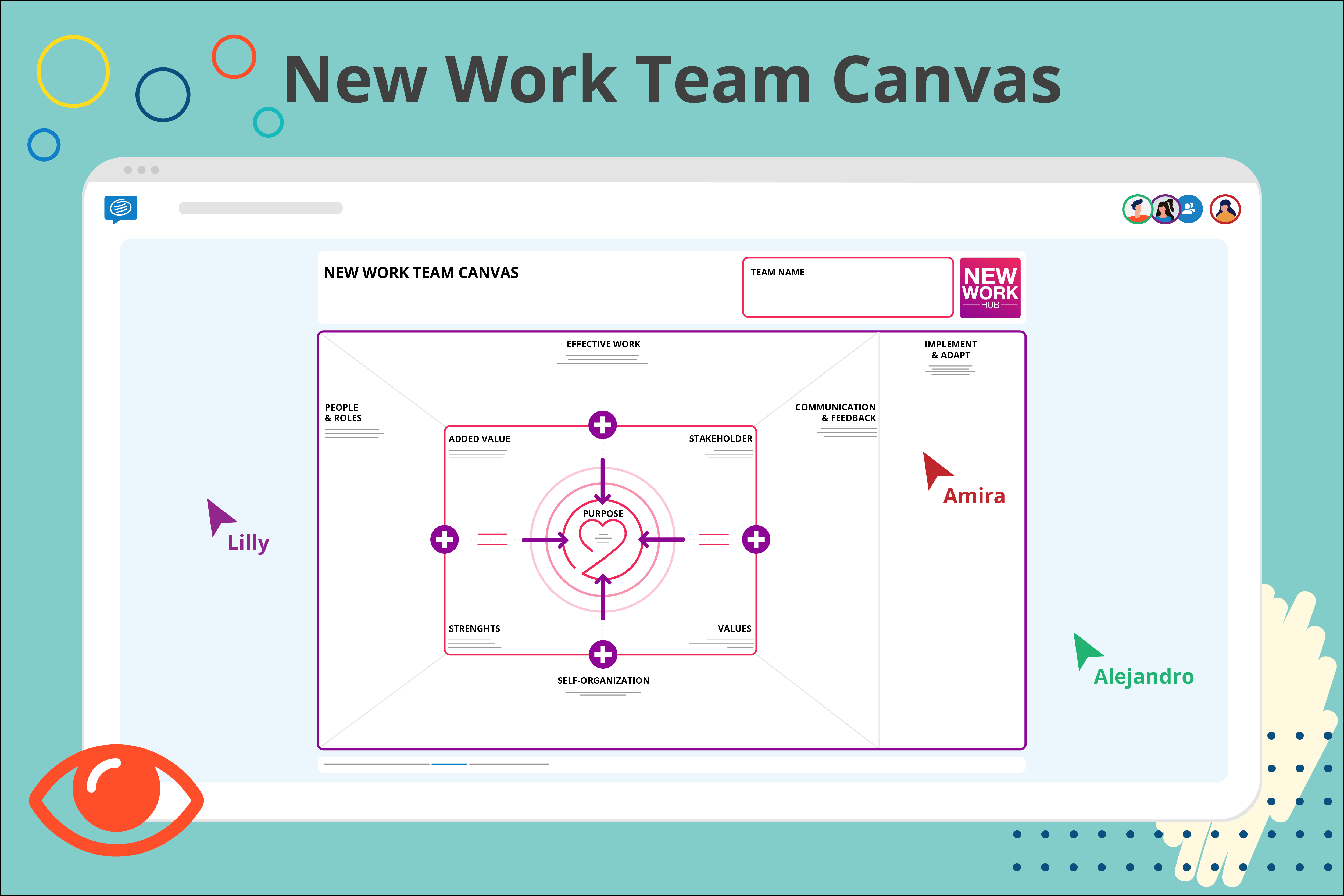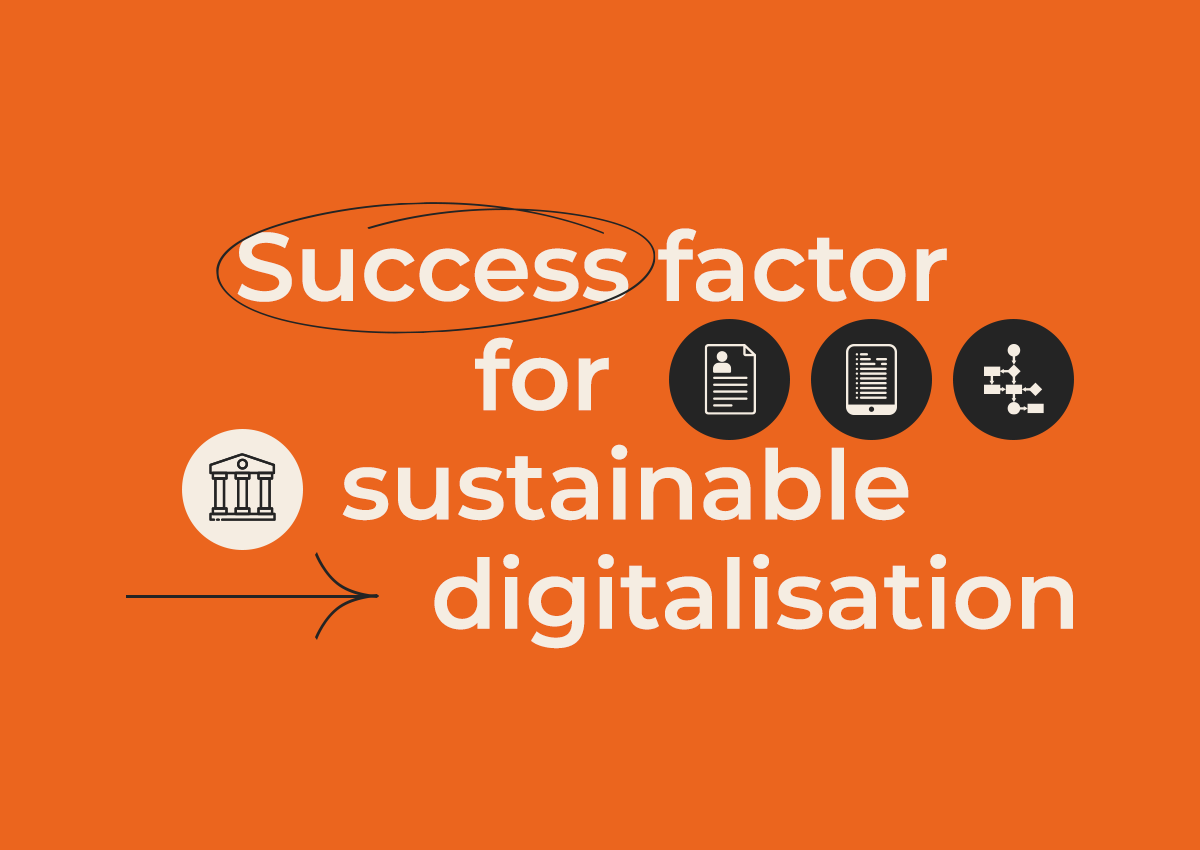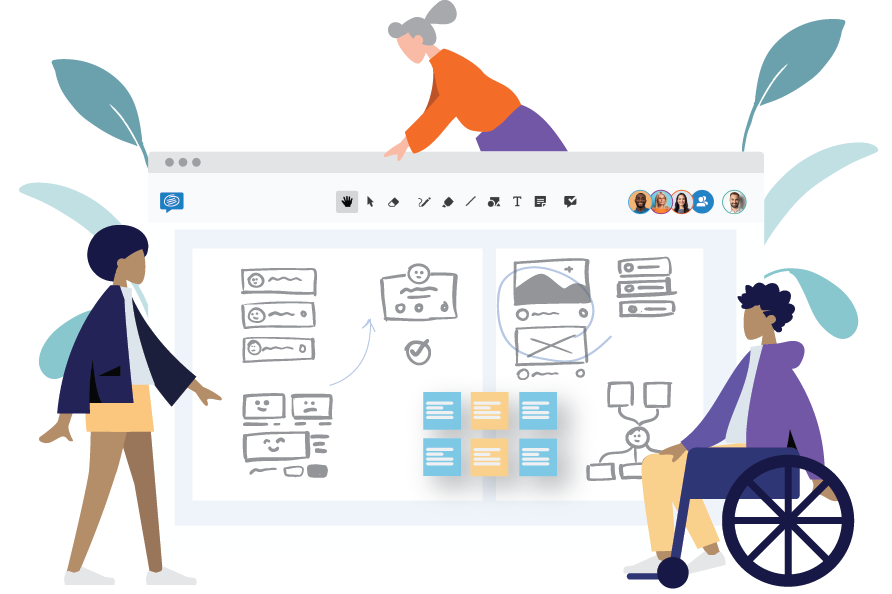This post is also available in: German
We live in a time in which the understanding of work has changed from the ground up and is in constant flux. Away from rigid factors such as career, status, maximum profit, and efficiency, towards a concept that focuses on people instead of work itself.
Besides remote work and flexible working hours, New Work is much more about creating a work environment in which each individual understands what contribution he or she is making, and can contribute his or her strengths and all other aspects of his or her person and personality.
Similar to the motto “happy wife, happy life”, companies also have the chance to become more successful if every person in the company can exploit their full potential in a self-determined way.
Does all this still sound very theoretical and difficult to implement? Make it easier for yourself with the latest New Work Team Canvas, which was developed by NEW WORK HUB with the aim of giving existing teams an easy entry into the new world of work.
As a practical tool, teams can now approach the topic of new work in a guided way, find common strengths, identify shared values, and set new goals together.
How the New Work Team Canvas works
The New Work Team Canvas is divided into 10 fields, which are further divided into 4 areas that should be filled in a certain order. For each field, first, write down your own thoughts before evaluating them together. This gives each team member the opportunity to share their views and be seen.
Try it now
The inner shell
The inner shell consists of four fields. The top two represent your external perspective (common goals), while the bottom two represent your internal perspective (common values). Once you have worked out the four areas, you can move on to the core and deal with the question of what purpose you are fulfilling as a team.
Start with the internal perspective; more specifically, your strengths and values. Let the following questions guide you: What makes your team special and unique? What shared competencies do you bring to the table? What are your values, which of them do you share and what do you stand for?
After the internal perspective, we continue directly with the external perspective. Now it is time to consider your stakeholders. Who do you work with? Who has an interest in your existence as a team? Then consider the question of what added value you generate for your respective stakeholders and where your contribution is greatest or most visible.
Your Purpose
Once you have fully grasped your internal perspective and external perspective, you can use this as a basis to define your purpose or function. Simply try to formulate a sentence from the internal and external perspective that summarizes what overarching contribution you make, for whom you do it, and what strengths you use to do it. This sentence should be your identity and orientation: a valuable contribution that leads to a strong impact.
The outer shell
Like the inner shell, the outer shell consists of four fields. Thematically, everything revolves around your cooperation in the team. Each of the fields refers to two elements from the inner shell, which form the basis for your descriptions. The following orientation questions should help guide you:
- People & roles (strengths and added values)
What strengths do individuals bring to the team?
In which roles can added value be generated in an optimal way?
- Self-organization (strengths and values)
How do we strengthen and empower ourselves in the team and take on real responsibility?
What rules and rituals help us achieve this?
- Effective work (added values and stakeholders).
How do we set the right goals?
How do we manage to generate added value in a focused and efficient way?
What does our working environment look like in its optimal state? - Communication & feedback (Stakeholders and values)
How do we communicate with each other, and how do we create transparency within our team?
How do we deal with, and resolve, tension?
The questions try to guide you to the relevant topics and challenges in your team. It is important that you consistently distinguish between the current state and the desired outcome.
During this process, you will notice that there is a lot of potential for you as a team. If the gap between today’s state and your ideal proves to be too large, focus on these particular issues and find approaches and ideas for improvement together!
Implement & Adapt
In order to ensure that the New Work Team Canvas is not simply hard work, but also sustainably filled with life, your team should talk about specific steps for the future. This is important so your ideas and considerations can be solidified. It is the only way to ensure that you do not lose sight of your ideal vision and that you continue moving a little closer to your ideal every day. Plan your next goals and return to your completed Canvas regularly to adjust things or to remind yourself.
The following questions should support you in this process:
- How can we change in a sustainable way?
- How do we deal with setbacks?
- What are our next goals?
- How can we continue to evolve?
You need support?
You believe the New Work Team Canvas is just the thing to get your team back on track, but wish you had some help filling it in? Save time and let the guys and gals from NEW WORK HUB help you! They have developed the canvas and also have many valuable tips for you on the topic of New Work. By the way… you can get to know them anytime at their free “Open Tuesday” event series.
Now it is your turn! Grab the template from Conceptboard and invite your colleagues for a round of team building!






